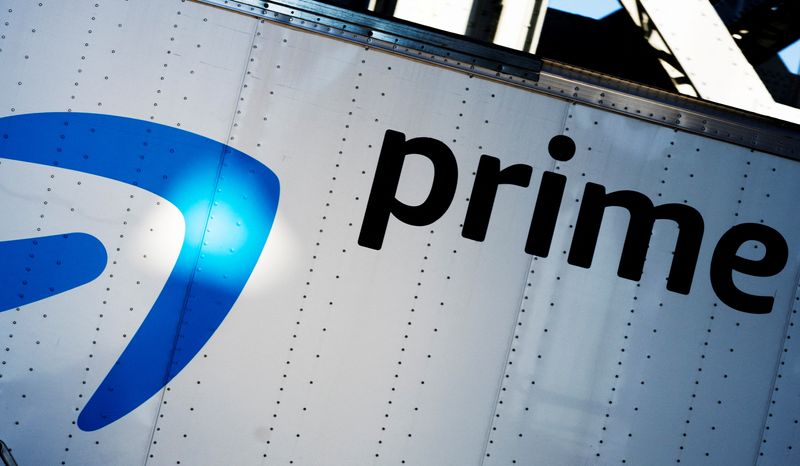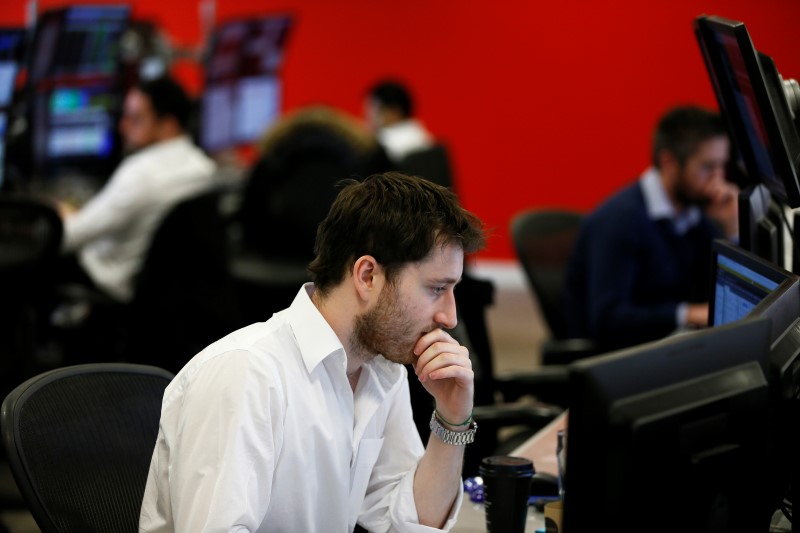By Hannah Lang
(Reuters) – As Amazon’s (NASDAQ:) Prime Day kicked off the holiday shopping season this week, U.S. consumers are expected to spend a record $18.5 billion in the final quarter of the year on buy now, pay later purchases. to projections from data company Adobe (NASDAQ:) Analytics.
Buy now, pay later (BNPL) exploded in popularity as the COVID-19 pandemic forced more shoppers online, driving $75 billion in online spending in 2023, up 14.3% from 2022, according to Adobe .
BNPL providers such as Affirm and Klarna increase shoppers’ purchasing power by lending them the money for purchases, which they pay back in installments spread over as many as 36 months, although the most common products are four-installment payment plans.
Because most BNPL providers do not report their loans to the credit reporting agencies, there is little comprehensive data on BNPL delinquencies. The Financial Technology Association, which counts three BNPL lenders among its members, reports a default rate of less than 2% among these companies, compared with almost 9% for credit cards.
Yet 71% of BNPL users also had credit card debt in 2023, according to the Federal Reserve Bank of Boston.
Afterpay – owned by Block – reported that 96% of customers paid all their installments on time in the fourth quarter of 2023, while Klarna reported that 96% of pay-in-four users paid their bills in 2023. early or on time.
For the three months ended June 30, 2024, Affirm said 2.4% of its monthly loans were more than 30 days delinquent.
Here are five charts that illustrate how BNPL is used:
SHARE OF ONLINE SPENDING
According to Adobe Analytics, consumers spent more than $731.5 billion online from January through September this year, with $57.6 billion of that coming from BNPL purchases. That is 10.3% more than in the same period in 2023.
Record $18.5 billion in BNPL purchases Adobe predicts an 11.4% increase year-over-year for the final quarter of this year.
TIMELY PAYMENTS
According to the Federal Reserve Bank of Philadelphia, most BNPL users make their full payment on time, and fewer shoppers were late on their payments between 2022 and 2023.
However, the Philadelphia Fed said it was unclear whether shoppers appeared “less risky” because of changes in BNPL companies’ underwriting practices, or whether there was a shift in the pool of consumers attracted to BNPL between 2022 and 2023.
CREDIT SCORES
The U.S. Consumer Financial Protection Bureau reported in 2022 that most BNPL users who also carried a revolving balance on at least one credit card had credit scores that were subprime (between 580 and 619) or near prime (between 620 and 659).
Because many BNPL lenders do not provide data to credit reporting agencies, consumer advocates have warned that BNPL debt is a blind spot for regulators, other lenders and BNPL lenders themselves.
In May, the CFPB issued an interpretive rule applying new requirements for BNPL lenders, requiring companies to investigate consumer disputes, refund returned products and provide periodic billing statements. The companies are not required to assess a consumer’s ability to repay a loan.
AVERAGE MONTHLY PAYMENT
According to research firm The Motley Fool, 58 percent of BNPL users reported having an average monthly payment of $100 or less this year. In contrast, Experian (OTC:) reported that average monthly credit card payment users were $202 in February.
Only 2% of BNPL users had an average monthly payment of more than $1,000.
USED FOR GENERATIONS

For shoppers like Generation .
Groceries were also a popular purchase at BNPL for generations. The CFPB found that BNPL use for everyday purchases such as groceries, gas and utilities increased 434% in 2022 compared to 2020 as consumers faced rising prices. (This story has been corrected to fix the month from September to June, in paragraph 7)


